A polarizer is an essential part of a photographer’s kit because it’s one of the only filters that cannot be recreated with editing software. Instead of digging too much into the science of how they work, I want to let the animations do most of the talking in this post. I have been through some of my archives to find examples of just how much a polarizer can alter your image, and once you see them, I feel sure that you’ll understand just how worthwhile it is to have one of these in your bag!
Here’s what a circular polarizing filter can do for you…
1. They Make Foliage Greener
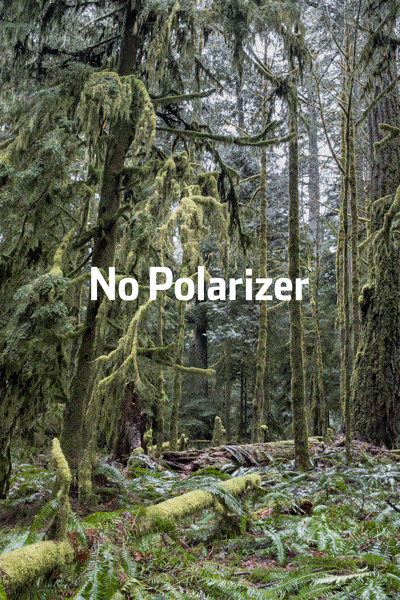
We’re so used to seeing bright sky reflected by the foliage that surrounds us that we don’t even notice it until it’s gone. Whether the sky is blue or grey, its brightness is constantly reflected in the foliage around us. A circular polarizer will almost entirely remove that glare, and the result is a massive transformation in the saturation of greens and yellows in natural landscapes.
2. They Make the Sky Darker and Bluer
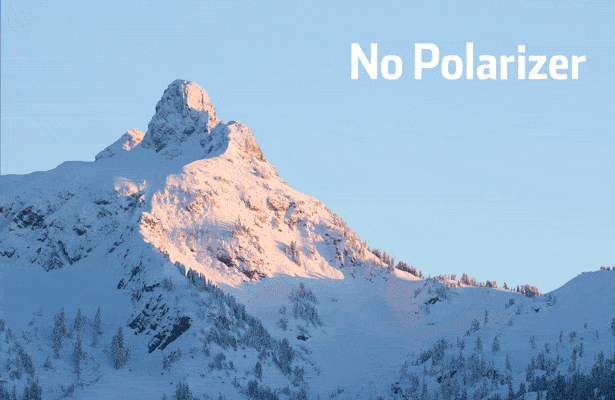
This animation is so dramatically different that I’d forgive you if you thought it was fake – but it isn’t. I took this photo in British Columbia just a few minutes before sunset, looking up at The Copilot peak in Squamish. When sunlight is coming in at a sharp angle, it lights up all sorts of natural haze in our atmosphere that dulls the blue colour in the sky. A circular polarizer cuts right through that and only shows us the deep blues that we want.
3. They Help to Cut Through Haze
In certain temperatures and weather conditions, haze is a problem for landscape photographers once the sun is a few degrees above the horizon. A polarizer can help you cut through the haze and reveal additional contrast in more distant subjects. This is often more noticeable when shooting at slightly longer focal lengths as all that haze stacks up in your frame with the compression effect of a longer lens.
4. They Let You See Through Water
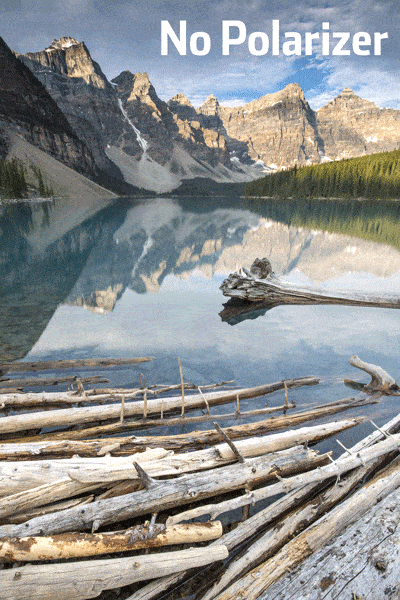
Using a circular polarizer while photographing a body of water will allow you to remove much of the sky’s reflection from the surface, thus allowing you to see down into the water.
Which Polarizer Is the Best?
The answer to this question depends on whether you are using a tripod or not. At first, this might seem like a strange caveat, but let me explain…
Currently, I think Breakthrough Photography makes the best circular polarizers on the market. Not only are they optically excellent and colour neutral, but somewhat uniquely, they have also taken the time to think about the user experience with their filters. The knurled brass ring around it helps you get a grip on a stuck or tight filter with your fingers, so hopefully, you never need a filter wrench.
If you want to use a circular polarizer hand-held, their regular X4 CPL is the best choice. The light loss from the filter is only around one stop, so you’re still able to maintain reasonably hand-holdable shutter speeds in low light without resorting to higher ISOs that lower your image quality.
The other option is to use what Breakthrough Photography call their Dark CPL. A Dark CPL is a combination of a circular polarizer and a solid neutral density filter, and certainly at the time of writing this post, it’s a unique offering on the market.
Often, it’s helpful to use a CPL in combination with a neutral density filter because you want to slow down your shutter speed to blur out the movement of water or clouds. Instead of stacking two filters together, which can cause vignetting, a Dark CPL takes care of everything with one filter.
If I could only own a single filter, a 6-stop Dark CPL would be my choice! The 6-stop version gives you long enough shutter speeds to blur open bodies of water such as lakes, and it can help add colour and a sense of motion to the sky during sunrise and sunset as that glow is painted across clouds through the length of your exposure.
The downside to the Dark CPL is that you really will need a tripod to use it. Even if you have the lower density 3-stop version, your shutter speeds will still be very long.
Good polarizers don’t come cheap, but the animations in this post show you the dramatic effect they can have on an image. It’s a far more significant effect than you would ever get by upgrading your lens and camera, which would cost considerably more money than these filters!
A Note On Polarizer Sizing

Unlike ND filters that are available in both screw-on or square filter types, circular polarizers are only available in the screw-on variety due to the need to rotate them. When you buy your polarizer, it’s a good idea to get one that fits the largest diameter of lens that you have, and then use step-up rings to adapt that larger filter to your smaller lenses.
Breakthrough Photography also makes the best step-up rings because they use the same knurled brass design that is also part of their filters. I’ve wasted time (and money) in the past buying the super cheap aluminium rings that dent, bend and then get stuck on your lens, but I’m now glad to be using these nice brass ones.
I think they’re excellent value at about $15, depending on the size you need. If you want to swap quickly between different lenses, you may get a couple of polarizers in various sizes, but if you’re just getting started, these rings are a great way to save some money.
Pin This Post
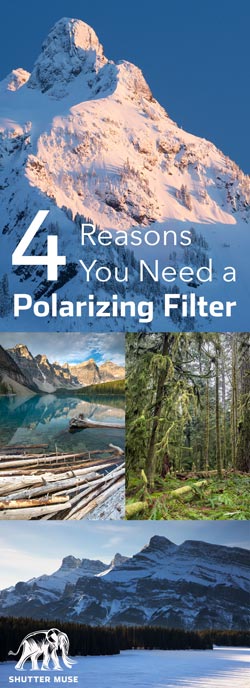


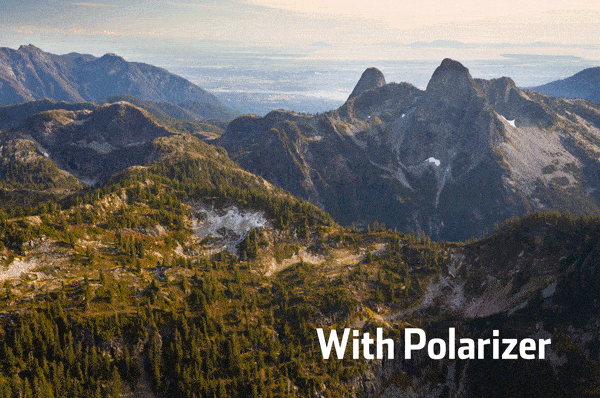


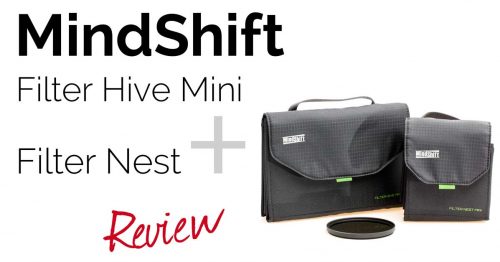
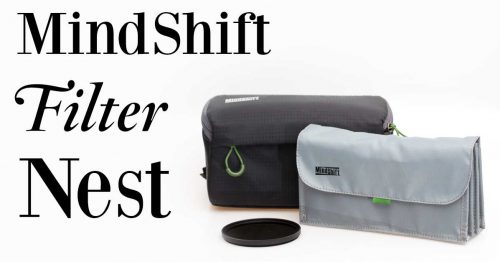

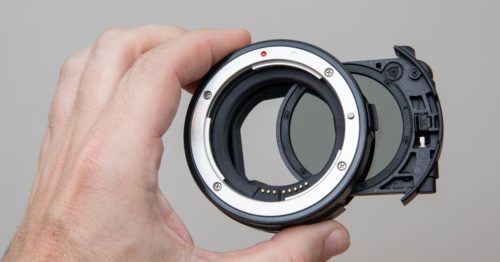
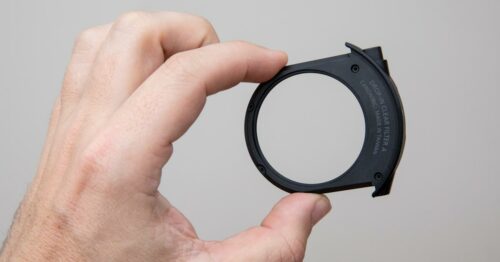
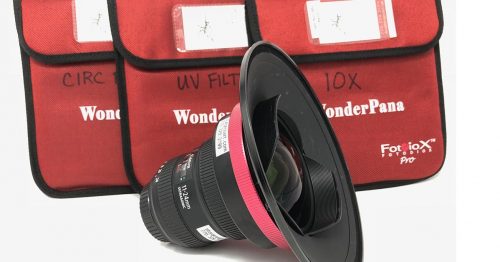
As much as the Breakthrough Photography filters are good, I found them frustrating and not worth the extra cost. I purchased one 72mm X4 CPL direct from Breakthrough Photography and, despite their website claiming their filters fit all lens caps, the filter I received had barely a quarter-turn of traction thread on the front- no lens cap I had would clip on. Breakthrough Photography sent me a second filter, which had barely three-quarters of a turn of traction thread. They also sent me one of their lens caps- which are the same as other generic caps- and it wouldn’t securely clip onto the filter either. So, I received two of the same filter with varying degrees of manufacturing issues.
While I had them, I tested them next to other CPL’s I have from B+W, Hoya, Firecrest, Tiffen and VU and noticed very little difference. I ended up sending both Breakthrough Photography filters back for a refund. It’s a shame- I was really looking forward to trying the 6-stop CPL. Maybe the future X5 will be better. In the meantime, I might try the X2 series from Breakthrough Photography which is still available on Amazon for almost half the price of the X4’s.
Hey Paul, thanks for your comments. I wasn’t aware that they claim they work with all lens caps. To be honest I think that’s a disconnect between the marketing/sales people and the designers. I would say they definitely don’t work with all lens caps because I’ve experienced the same issue with Canon caps. I guess I never though of this as a real problem though as in the past I’ve had some filters that have no front thread at all in order to keep them thin. If you had been expecting (and wanting) to put a lens cap on it every time and leave your CPL on the lens then I can see that this would be an annoyance. I currently have 4 X4 CPLs in various sizes and am very happy with the optical performance of all of them though. Over longer exposures I do see a small improvement over my Firecrest filters, and a big one over my old B+W. The colour neutrality is more important in the Dark CPLs because you are always working with longer exposures that are more prone to colour casts. Like you I have a bit of a filter collection going on, and these are definitely the ones I pick from the pile.
Hello Dan, thanks for another good post on equipment and brands.
I would like to ask you if you still predominantly use Formatt-Hitech for your GND & ND filters, then concentrating on ‘Breakthrough’ for all your polarising effects?
One other question, do you always use a polarising filter whenever you’re landscape shooting or do you sometimes shoot with the bare lens?
Cheers, Stephen.
Hi Stephen. Yes i still have those ND and GNDs. I have not had the chance to try the relatively new Breakthrough GNDs although I would like to, and almost certainly will at some point.
I don’t always use a polarizer for two reasons: Firstly I use the Canon 11-24mm quite a lot, and you can’t use screw-on filters for it. Secondly, if the sky is very blue, and you shoot very wide, you’ll see a transition of blue colouring in the sky due to the fact that the polarizing effect varies slightly depending on the angle of the sun from the lens angle. It can lead to having deep dark blue on one side of the sky in the photo, and a much lighter shade of blue on the other side of the sky. That said, I’d still say I’m using a polarizer more than 50% of the time.
Hi Dan.
Another very informative article from you, the animations are quite possibly the most convincing argument for polarisers.
You said that all other filters are available in square or screw on flavours but CPLs are only available as screw on, I can tell you that at least one manufacturer does a CPL in square filter compatible format, Cokin make a round CPL to fit in their square filter holder, I know lots of pros and gear aficionados look down on Cokin, particularly the NDs for their colour cast but we get what we can afford and I find the Cokin CPL to be better in use than my Hoya screw on.
Cheers, Graham.
Graham, CPL stands for Circular Polarizing Filter. There are some square Polarizing Filters, but no Square Circular ones 😉 If you know what I mean.
I can’t think of a good reason why anyone would use a square polarizing filter so I don’t bother or care to mention them really.
Yes there are bespoke circular ones to go into square holders though, like the Cokin and many others.